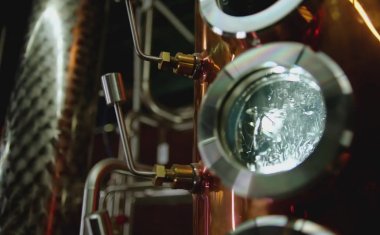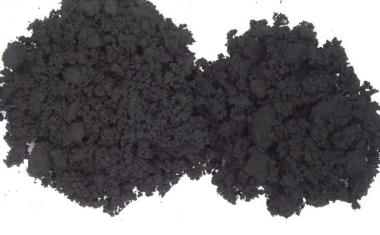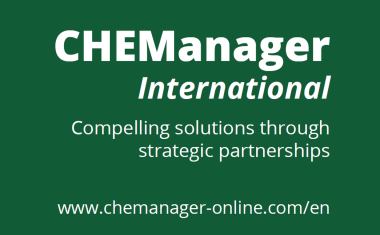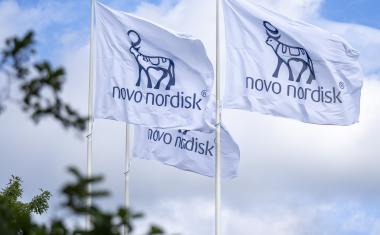Evonik and Partners Launch Romeo Reactor Research Project
Evonik and eight partners are researching a new reactor concept based on membrane technology. The Romeo research project, which started this autumn, aims to cut energy consumption by up to 80% and emissions by up to 90% in industrially important catalytic gas-phase reactions, Evonik said.
Chemicals are typically produced in two steps, with further processing in a system such as a distillation column, which tends to be very energy intensive. Through the use of a 2-in-1 reactor, the Evonik-led team aims to drastically reduce energy consumption and emissions.
The reactor is based on bundles of hollow-fiber tubes. A homogenous catalyst is fixed onto a special carrier material and a membrane is applied on the outside. Depending on the membrane’s properties, the product or byproduct will then pass through the membrane once the reaction has occurred at the catalyst surface.
The partners intend to demonstrate the reactor’s technical feasibility on two gas-phase processes: hydroformylation and the water-gas shift reaction. “If we succeed, it will be a small revolution for chemical process engineering and a huge step toward more sustainable processes,” said Robert Franke, who leads innovation management for the hydroformylation process in Evonik’s Performance Materials segment.
Two different model reactions will be used. Evonik will build a demonstration plant for hydroformulation which will convert olefins and synthesis gas to aldehydes, a precursor for plasticizer alcohols, among other applications.
Linde, a partner in the project, intends to demonstrate the reactor’s feasibility for the water-gas shift reaction, where carbon monoxide (CO) and water react to form hydrogen. If the work is successful, Evonik said, using CO or CO-containing synthesis gas derived from biomass, researchers will have found a way of generating hydrogen from sources such as wood waste.
The other partners involved in Romeo are the Friedrich-Alexander-University Erlangen-Nurnberg (Germany), the RWTH Aachen University (Germany), the Technical University of Denmark, BioEnergy 2020+ (Austria), LiqTech International (Denmark), the European Membrane House (Belgium), and the Agencia Estatal Consejo Superior de Investigaciones Cientificas (Spain).
















